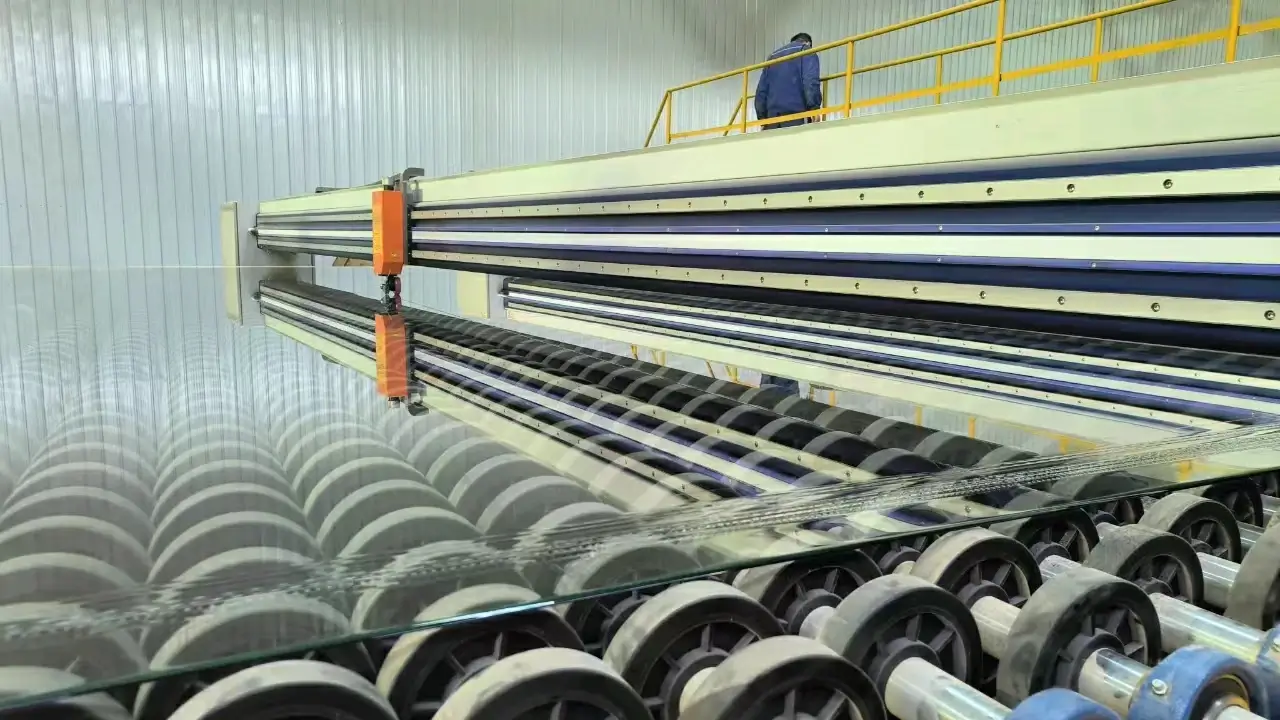

Understanding Plain Float Glass Properties and Applications
Plain float glass, a fundamental material in the glass industry, serves as the cornerstone for a myriad of architectural and functional applications. This type of glass is produced through a unique manufacturing process that gives it distinctive qualities, making it a suitable choice for both residential and commercial settings.
The float glass manufacturing process was invented by Sir Alastair Pilkington in the 1950s. It involves floating molten glass on top of molten tin, allowing it to spread out and form a smooth, uniform surface. This method ensures that the glass produced has a high level of clarity and flatness, which are essential features for its various applications. As the glass cools, it solidifies into sheets of plain float glass that can be manipulated into different sizes and thicknesses based on customer requirements.
One of the primary attributes of plain float glass is its transparency. With a light transmission of up to 90%, it allows natural light to illuminate indoor spaces while providing an unobstructed view of the outside world. This characteristic is particularly valued in modern architecture, where large glass walls and windows create seamless transitions between indoor and outdoor spaces. The minimal distortion and high clarity of float glass enhance the aesthetic appeal of buildings, making it a popular choice among architects and designers.

Another advantage of plain float glass is its versatility. It can be easily cut, drilled, and polished, enabling it to be tailored to meet specific design needs. Additionally, it can be coated or treated to improve its thermal insulation or reflective properties, expanding its range of applications. This adaptability means that plain float glass can be found in a wide variety of products, including windows, doors, mirrors, and display cases.
Despite its many advantages, plain float glass has some limitations. It is prone to breaking and shattering upon impact, which can pose safety risks. To mitigate these hazards, manufacturers have developed tougher variants, such as tempered or laminated glass. Tempered glass undergoes a heating and cooling process that increases its strength, while laminated glass consists of two or more panes bonded together with an interlayer, providing enhanced safety and sound insulation. These processed versions retain the clarity of plain float glass while addressing some of its vulnerabilities.
Plain float glass is also renowned for its environmental sustainability. The production process is relatively energy-efficient compared to other types of glass, and the material itself is fully recyclable. Many manufacturers actively strive to incorporate recycled glass into their production lines, thereby reducing waste and conserving natural resources. This commitment to sustainability aligns with the growing demand for environmentally friendly building materials, making plain float glass an increasingly attractive option for eco-conscious consumers and builders.
In conclusion, plain float glass is a remarkable material that combines aesthetic appeal, versatility, and sustainability. Its unique manufacturing process results in a product that is characterized by clarity and smoothness, making it suitable for a wide range of applications. While it does have its limitations concerning safety, advances in glass technology have led to the development of stronger alternatives. As we move toward a more sustainable future, plain float glass stands out as a prime example of how traditional materials can evolve to meet contemporary needs, offering both functionality and style in modern architecture and design.